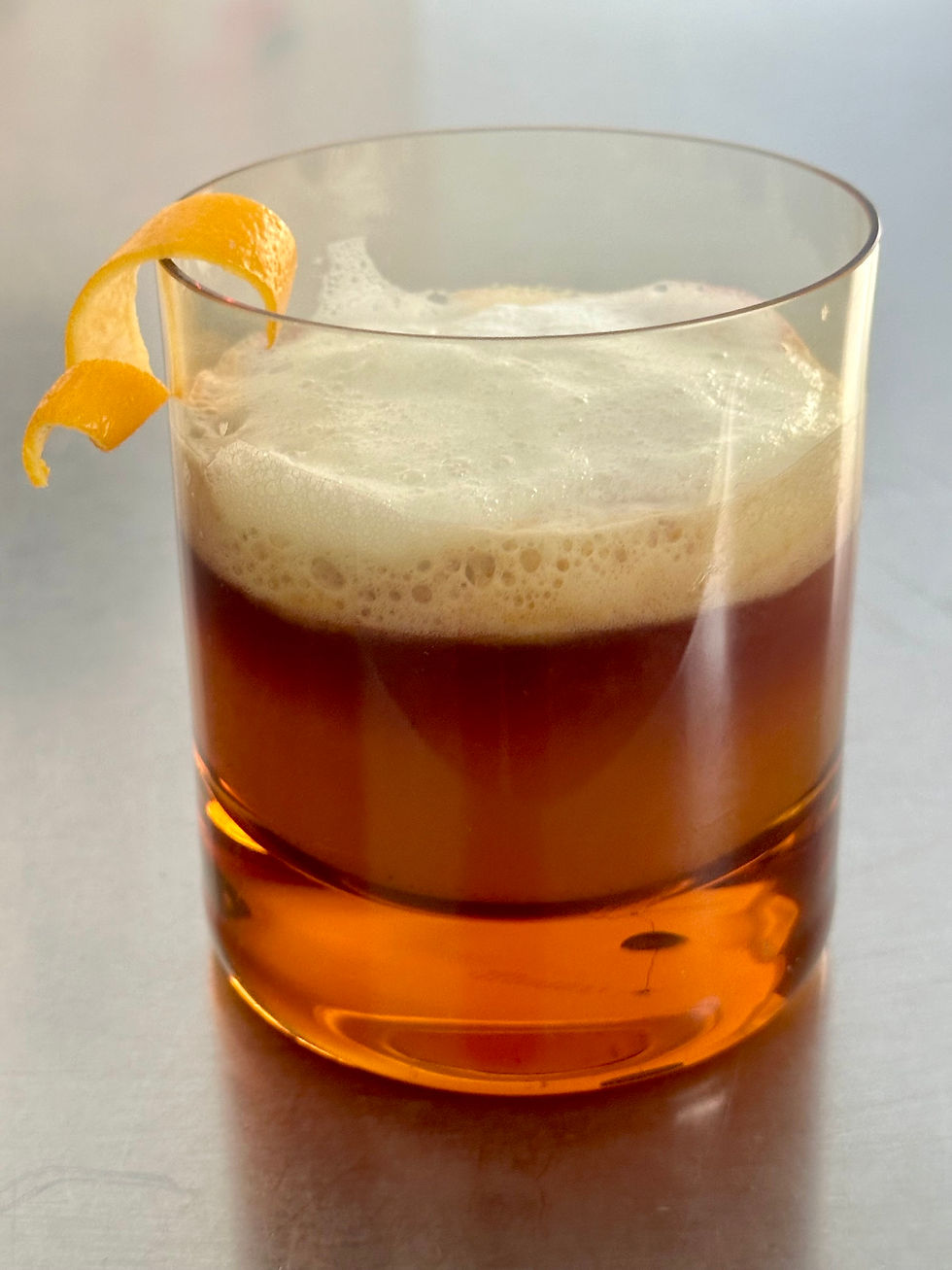The bauhaus- birthplace of modernism
- tipsy modernist
- May 8, 2020
- 3 min read
Updated: Jul 29, 2020

Did you ever wonder where the trend of not using capital letters came from? This typographical style was invented at the bauhaus by Herbert Bayer (when he wasn't carrying on with most of the female population of the school, including his boss' wife, Ise Gropius, much to the consternation of his wife Irene Bayer-Hecht) among many other firsts. The bauhaus emphasized design and mass production rather than painting and sculpture, with an emphasis on workshops rather than fine art. (This was revolutionary at the time.) The school aimed to align craftsmanship with mass production to try and retain jobs in a post- industrial revolution world. Despite its short life 1919-1933, it was the most influential design school of the twentieth century and profoundly affected the course of modern architecture and design and it's impact is still felt today.

The school originally began in Weimar in 1919, with Walter Gropius ( next week's post) as its director. When the political climate of Weimar became unfavorable toward the school, Gropius moved it to Dessau into a brand new building that he designed. With its flat roof, lack of ornamentation, and glass facade it became a symbol of the bauhaus style and modernism. By 1933 the school's modern style was deemed “un-German” by the Nazis and its faculty and students were accused of being communists. Walter Gropius stepped down as director in an effort to mitigate the harassment and Mies vand der Rohe took over in 1933. But eventually he too was forced to shut the school down. Many of the faculty immigrated to American schoolsl where they transformed art and architecture education and influenced future generations of architects and designers. When the bauhaus teachers and students were forced to flee Germany they took the bauhaus way of thinking with them, spreading its influence l throughout Europe and the US, where it eventually became identified with the modernist movement. So by shutting the school down and forcing the faculty to flee, the National Socialist philistines actually accelerated the seeding of the Bauhaus philosophy across the globe. So much for those stupid Nazis.
Abolish The Hierarchy But Not The Patriarchy

weaving by Annie Albers 1926 Harvard Museum
While its emphasis on idustrial design may have been revolutionary, its attitude toward women was anything but. Women were allowed to attend the school ( their tuition money was needed after all) but were only allowed into certain wokshops and classes. They were not allowed into the architecture studios or most of what were viewed as the three dimensional classes such as sculpture or furniture making. Women were mostly shunted into the weaving workshops. Marianne Brandt , one of the few women permitted in the metalsmith workshops eventually ran this workshop but left in 1929 to work with Gropius in Berlin.
Her elegant designs have become synonymous with the bauhaus style. Ironically the weaving studio, run by Gynte Stotzl,was the most profitable and successful workshop at the bauhaus. She entered the school in 1921 and was one of very few women to attain this rank. She became a master in 1928 but was forced to resign in1931 due to becoming pregnant prior to marriage. She and her husband (who was Jewish) were forced to flee to Switzerland as the Nazi regime rose to power.
Partying Like its 1929

Bauhaus Archives
But it wasn’t all manifestos and mass production at the Bauhaus. These creative types liked to have a good time. And when they decided to let loose, they really let loose. The bauhaus parties were the stuff of legend. While their architecture may have been devoid of ornamentation, their parties were anything but. Nobody threw a costume party like the bauhaus. According to Ise Gropius, ( aka Mrs. Gropius) students and faculty had tremendous fun and were “happy creative people” who enjoyed a good party. (1) The Metallische Fest or Metal party is the perfect example of the bauhaus approach to life. The original Metallische Fest took place February 9, 1929 designed and directed by theater director Oscar Schlemmer. For this metal themed costume party everyone was encourageed to create their own metallic costumes using readily available metal components one could find at any hardware store. Whether crafting tin foil into a hat or plumbing washers into a necklace, the costumes were inspired by looking at everyday objects in a new way. The Metallische Fests continue to this day , in the month of May to celebrate Walter Gropius' birthday.
Thirsty for more? Check out our bauhausler punch recipe here.
Notes and Sources
(1) Interview with the Canadian Broadcasting Service, Montreal 1977. You can link to it from Historic New England's Gropius House website here
Barry Bergdoll & Leah Dickerman Bauhaus: Workshops for Modernity MoMA Press 2010
Elizabeth Otto & Patrick Rossler Bauhaus Women: A Global Perspective Herbert Press 2019




Comments